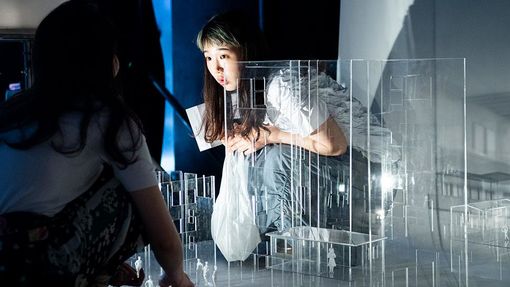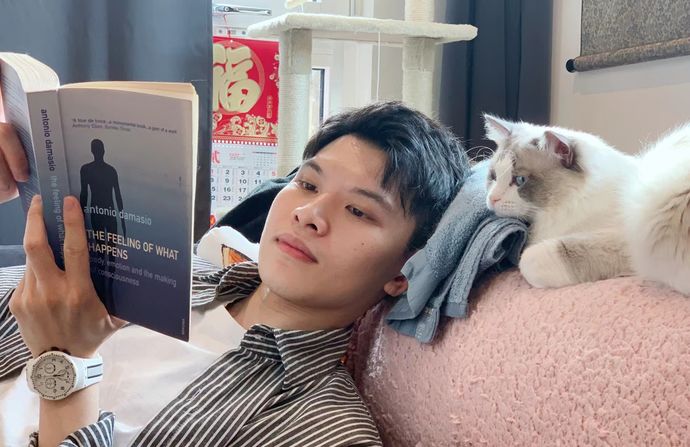
Today we are speaking with Joel Li, a current student on the Scenography MFA course about the play he is designing.
Can you tell us about your current project?
I am currently working as a designer on a show, ‘Passing Through Every Part of the Brain’, with students from East 15. The play is a journey about memories and reflections, self-isolation, and self-reconciliation.
The character of Me keeps himself in an isolated space with “white” walls. This is an isolated place that indulges Me with comfort and protects him from darkness, where he can enjoy his own solitude. He lives within the space with imaginary shadows of his subconsciousness, the imaginary voices from his past and distant relationship — his mother, girlfriend, and close friend.
Where and when is ‘Passing Through Every Part of the Brain’ showing?
We are in London at The Crypt Gallery from Wednesday 13 July - Sunday 17 July. All of the showtimes and tickets are available to book on Eventbrite.
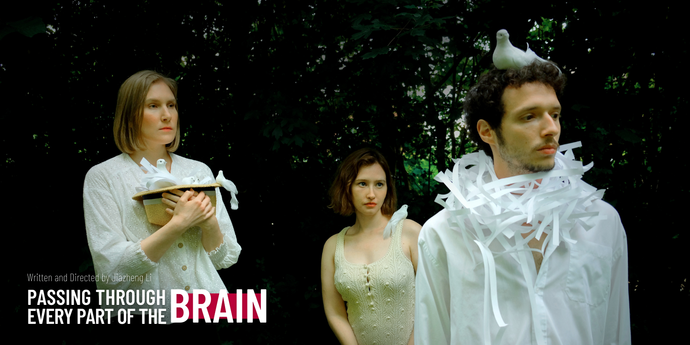
Did you get involved with writing this play through Central?
I get involved with the work because of the collaborative module between Central and the East 15 Acting School. In the first year of MA/MFA Scenography, we have a course named Speculative Material Part 3, where we work on a design project with theatre directing students from East 15.
During this period, I met the director of my recent work through this reciprocal creative practice. I am very grateful to Central for helping me to connect with other theatrical practitioners based in London and to prepare for the future development of my career.
What made you want to get involved?
As the writer and director, Jiazheng Li, says, ‘Passing Through Every Part of My Brain’ is based on his personal experience when he had depressed feelings in those couple of years. The play is about reconciliation with oneself.
I appreciate the braveness of sharing the experience of depression, and I think many people in modern society must have similar mental difficulties. I got involved because I see it as my responsibility to raise the discourse on this universal problem and help more people get through it by doing a play.
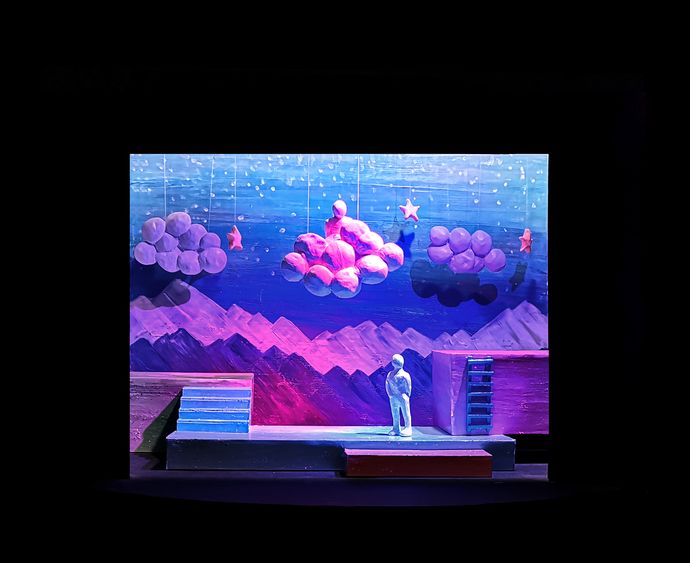
What have you been getting up to?
My director and I spent plenty of time working with the actors to help them understand the depressed feelings and how a depressed person would treat different relationships. We achieved it by having devised workshops to explore the characters’ relationships with others and the physical world, including props and sets.
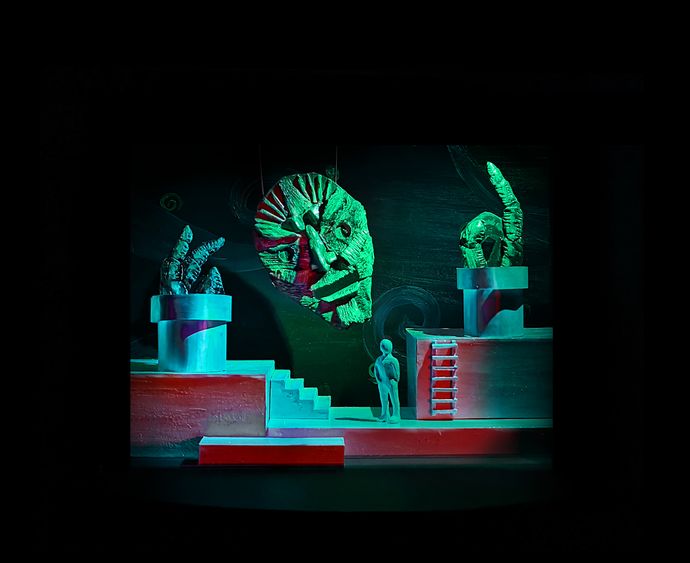
How has this related to your course work?
In this project, I frequently engaged the idea of inter-animation between bodies and materials that I learned from our course. The most crucial principle of scenography is connecting the materials perfectly with the performers’ actions.
We are figuring out how we could form a condition where characters, props, and sets are organically merged by giving lively agencies to the objects. We tried different ways of creatively using the props and sets to support the storytelling, making the materials inseparable from the moving bodies on the stage.
What has surprised you most about your experience?
I am surprised by a new collaboration method between designer and director.
Traditionally, these two roles are more isolated when designers focus on the model box, and directors work with the actors. In this project, I tried to make the designer and the director both engaged in the devising of sets and physical rehearsal. The two have to negotiate more because the designer is enabled to change how the actors react to materials on the stage and to play with them, while the director should always consider if his ideas of staging the action can realize the potential value of any small prop.
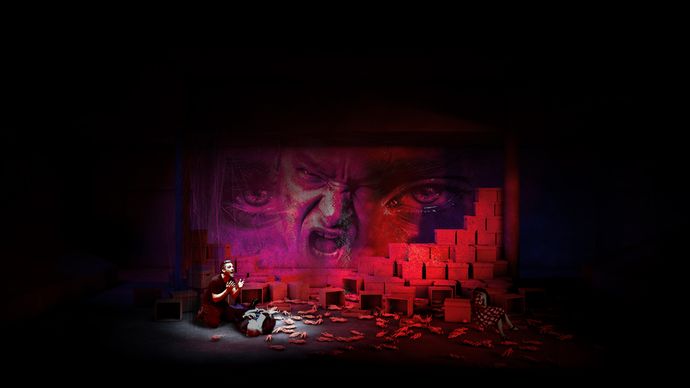
How did you find out about Central and decide to study with us?
I found out about Central by watching a video about MA/MFA Scenography course on YouTube. In the video, I realised that Central holds the course system on a small scale with limited students. It provides more opportunities for effective communication between the students and the teachers. In this way, people can share their ideas interactively after deeply knowing each other in seminars, workshops, and tutorials. Compared to courses constructed only by lectures, Central’s way of educating is provoking and attractive.
What are you planning to do after graduation?
The first thing to do is definitely accomplish the project I am working on.
Further in the future, I would like to explore scenography from more directions. Studying at Central, I have worked as a designer, a craftsman, a programmer, and an actor, to experiment with how we can do design.
Scenographic design is not about making anything look fancy. There are more ways to get access to a beautiful result if we can understand how scenography works for different creatives from their perspectives. Consequently, I will be more open to being in different positions to broaden my horizon on the essence of it after graduation.
You can catch Passing Through Every Part of the Brain from 13-17 July at The Crypt Gallery, 165 Euston Road, London, NW1 2BA. Tickets are available to book on Eventbrite.

